
gas jar with a lid
$250.00 Original price was: $250.00.$150.00Current price is: $150.00.
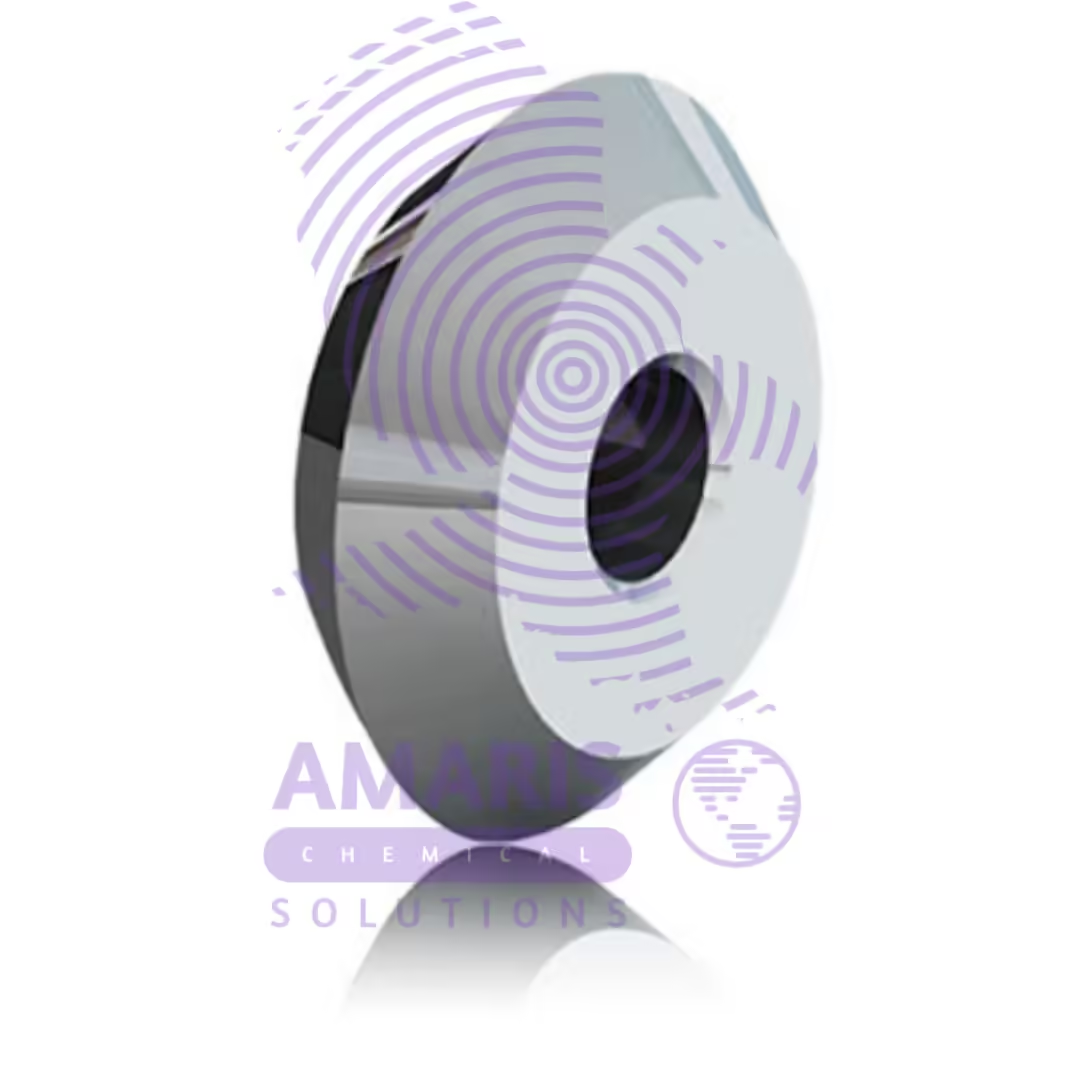
Glass tubbing cutter wheel type
$1,800.00 Original price was: $1,800.00.$1,500.00Current price is: $1,500.00.
Glass stirring rod
$250.00 Original price was: $250.00.$200.00Current price is: $200.00.
Whatsapp Order
A stirring rod, also known as a glass rod, is a slender, cylindrical piece of solid glass used for mixing chemicals and liquids in laboratory settings. Its smooth, inert surface makes it ideal for stirring solutions without reacting with the substances. The rod is typically about 20–30 cm in length, providing enough reach to mix in beakers, flasks, or other containers. Due to its heat-resistant properties, it can also be used to stir hot liquids without breaking or melting.
SKU:
ACS86322CHEM0
Category: LABORATORY EQUIPMENT & APPARATUS
Description
Uses
- Stirring solutions: Glass rods are primarily used to stir mixtures or solutions, ensuring even distribution of solutes.
- Decanting liquids: When pouring liquids from one container to another, the glass rod helps guide the liquid along its surface to prevent splashing.
- Spreading liquids: In microbiology labs, glass rods (specifically bent into a “hockey stick” shape) are used to spread cultures on agar plates.
- Inducing crystallization: A glass rod can be used to scratch the inside of a container, inducing crystallization in supersaturated solutions.
- Testing for acidity: Glass rods can be used to transfer small drops of liquid onto pH indicator papers for acidity testing.
Reviews (0)
Be the first to review “Glass stirring rod” Cancel reply
Related products
Atomic Model Set
$0.01
A lab atomic model set is a collection of physical models and materials designed to represent the structure of atoms and molecules. It is commonly used in educational and scientific laboratory settings to visually demonstrate the arrangement of protons, neutrons, and electrons within an atom, as well as the bonding patterns between atoms in molecules. These sets typically include colored balls of various sizes representing different types of atoms, as well as connectors or magnets to simulate chemical bonds between them. The purpose of these sets is to help students and researchers better understand the principles of atomic and molecular structure in a tangible and interactive way.
balance spring
$0.01
bar and gauge apparatus
$0.01
bell in vacuum with air pump with plate
$0.01
A "bell in vacuum" apparatus is a scientific setup used to demonstrate the effects of reduced air pressure (vacuum) on sound transmission. It typically consists of a bell or sound-producing object enclosed within a sealed chamber from which air has been removed, creating a low-pressure environment. This apparatus is designed to illustrate how sound travels differently in a vacuum compared to in normal atmospheric conditions, highlighting the role of air molecules in sound propagation.
Bernoulli Tube Apparatus
$0.01
The Bernoulli tube apparatus, also known as a Venturi tube apparatus, is a scientific device used to demonstrate the principles of fluid dynamics, particularly the Bernoulli's principle. It consists of a specially shaped tube with a constricted region, often referred to as a Venturi section. When fluid (liquid or gas) flows through the tube, the constricted section leads to changes in pressure and velocity according to Bernoulli's principle, which states that as the velocity of a fluid increases, its pressure decreases and vice versa. This apparatus is commonly used in educational settings to visually illustrate how the flow of a fluid can affect its pressure, helping to explain various phenomena like lift in aircraft wings, fluid flow through pipes, and more.
blow pipes
$0.01
A blowpipe apparatus is a scientific instrument used in analytical chemistry and mineralogy for conducting various tests, particularly flame tests and microchemical reactions. It typically consists of a small tube or pipette through which a controlled stream of air or oxygen is blown onto a sample being heated. This stream of air or oxygen enhances the combustion of the sample, allowing the observation of characteristic colors emitted by different elements when they are vaporized and excited by the heat. The blowpipe apparatus is often used to identify and differentiate between different elements and compounds based on their unique emission spectra and reactions.



 LABORATORY EQUIPMENT & APPARATUS
LABORATORY EQUIPMENT & APPARATUS
 Fertilizers
Fertilizers Plant Growth Regulators
Plant Growth Regulators Soil Conditioners
Soil Conditioners Animal Feed Additives
Animal Feed Additives Biostimulants
Biostimulants Dough Conditioners
Dough Conditioners Flour Treatments
Flour Treatments Fat Replacers
Fat Replacers Preservatives (baking)
Preservatives (baking)
 Surfactants (cleaning)
Surfactants (cleaning) Builders
Builders Bleaching Agents
Bleaching Agents Enzymes
Enzymes Solvents (cleaning)
Solvents (cleaning) Fragrances
Fragrances

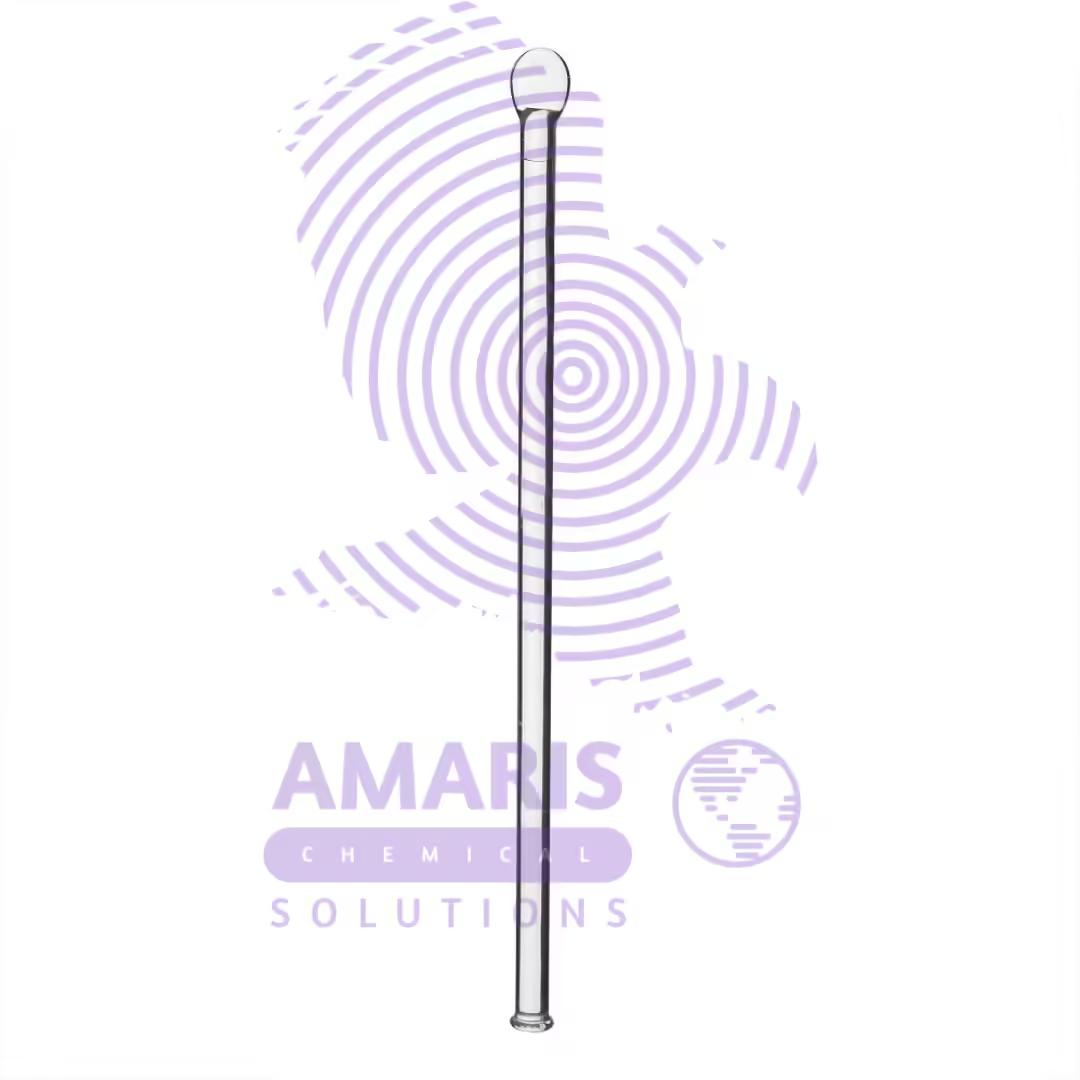
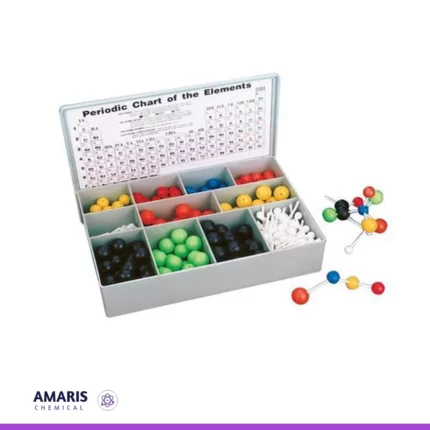
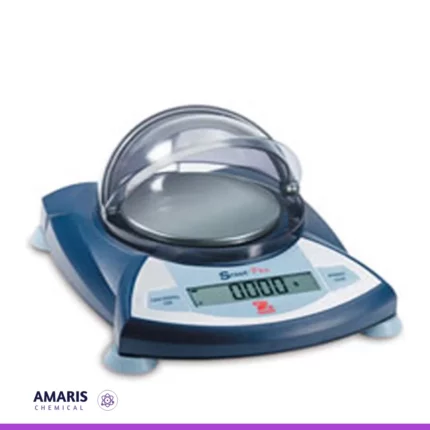
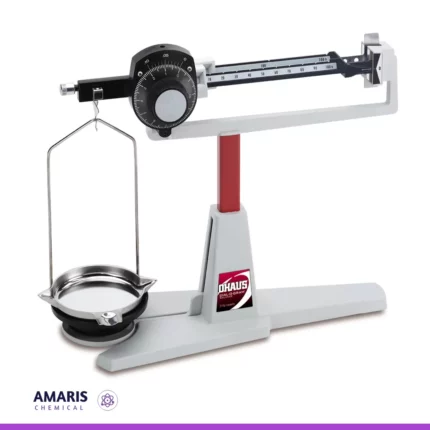
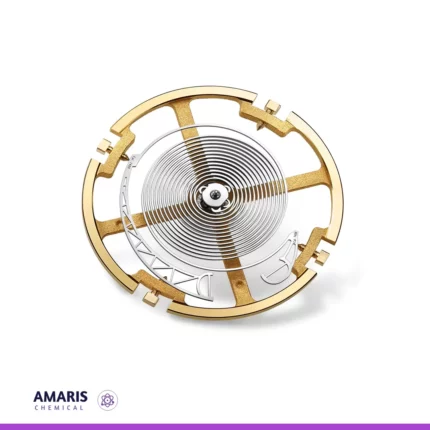
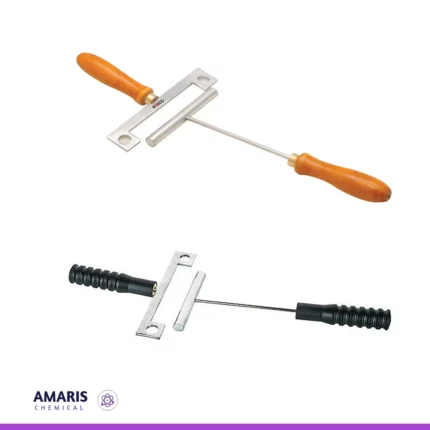














Reviews
There are no reviews yet.